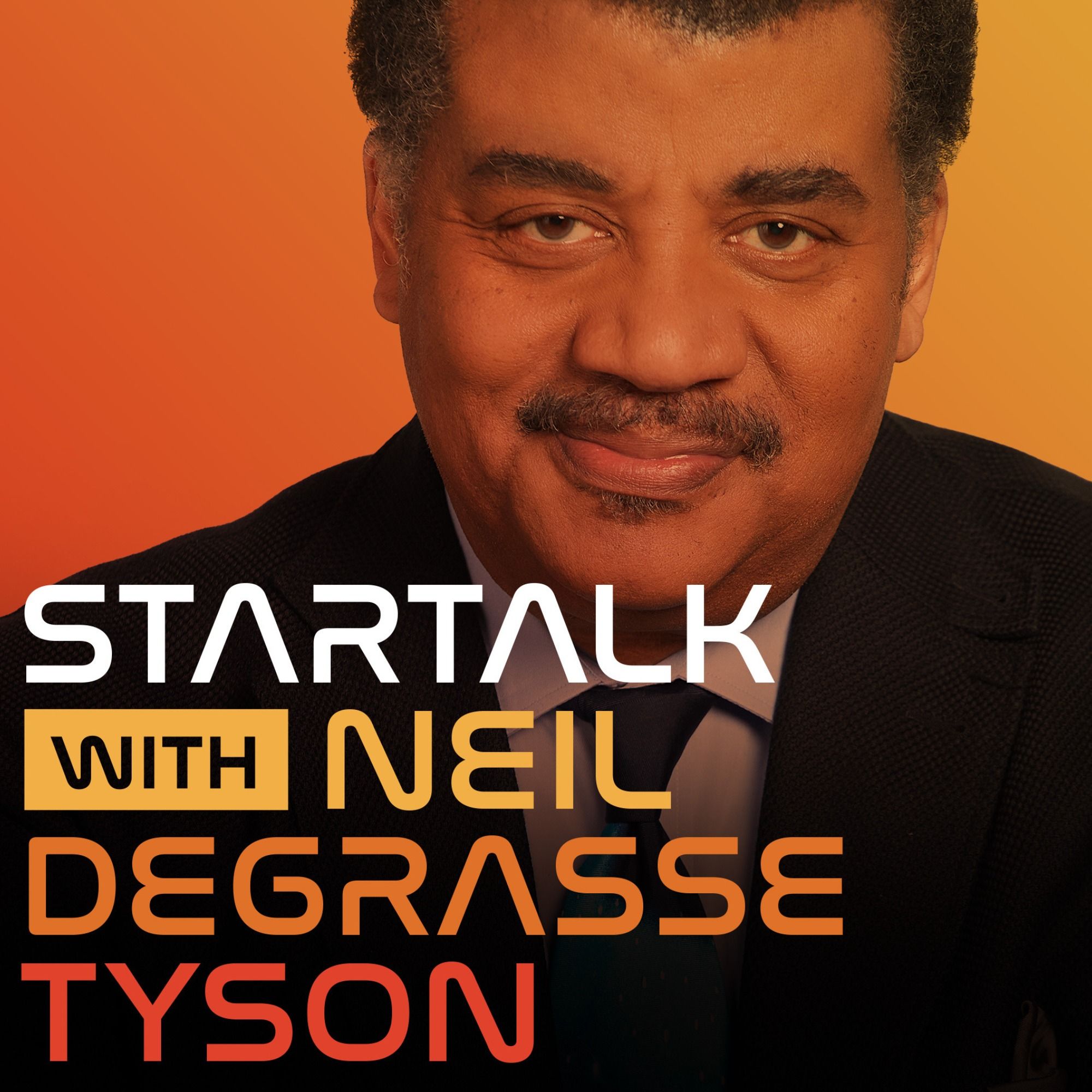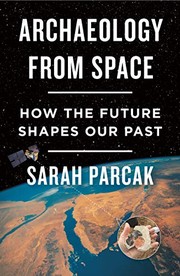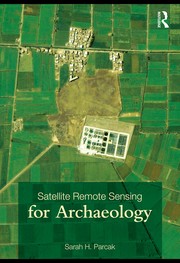📚 2 Books mentioned in "Finding Hidden Temples and Lost Nazca Lines with Satellites" of StarTalk Radio

Podcast: StarTalk Radio
Episode: Finding Hidden Temples and Lost Nazca Lines with Satellites
Published on July 30, 2024
Here’s a list of all the books mentioned in this episode. Click on the links to watch specific excerpts on YouTube and feel free to purchase the books if they caught your interest!

Archaeology from Space
Buy Archaeology from Space by Sarah Parcak on Amazon
And recently you have a book, sensibly titled 'Archaeology from Space: How the Future Shapes Our Past'.
Neil deGrasse Tyson introduced Sarah Parcak and discussed her recent book, 'Archaeology from Space: How the Future Shapes Our Past'. He emphasized her credentials and confirmed her authorship of the title during the conversation.
And your 2019 book with Henry Holt, 'Archaeology from Space: How the Future Shapes Our Past.'
In this segment, Neil deGrasse Tyson brings up Sarah Parcak's book, 'Archaeology from Space: How the Future Shapes Our Past,' highlighting the year of publication and the publisher, as he explicitly refers back to the book title mentioned previously in the episode.

Satellite remote sensing for archaeology
Buy Satellite remote sensing for archaeology by Sarah H. Parcak on Amazon
And is this true? You wrote a textbook, the first textbook on satellite archaeology?
Neil deGrasse Tyson inquires about Sarah Parcak's authorship of the first textbook on satellite archaeology, highlighting the significance of this subject in academic circles.
Okay, subtitled 'Satellite Remote Sensing for Archaeology', published by Rutledge, a good academic publisher.
Neil deGrasse Tyson discusses the book titled 'Satellite Remote Sensing for Archaeology', mentioning its subtitle and that it is published by Rutledge, emphasizing its credibility as an academic resource.
